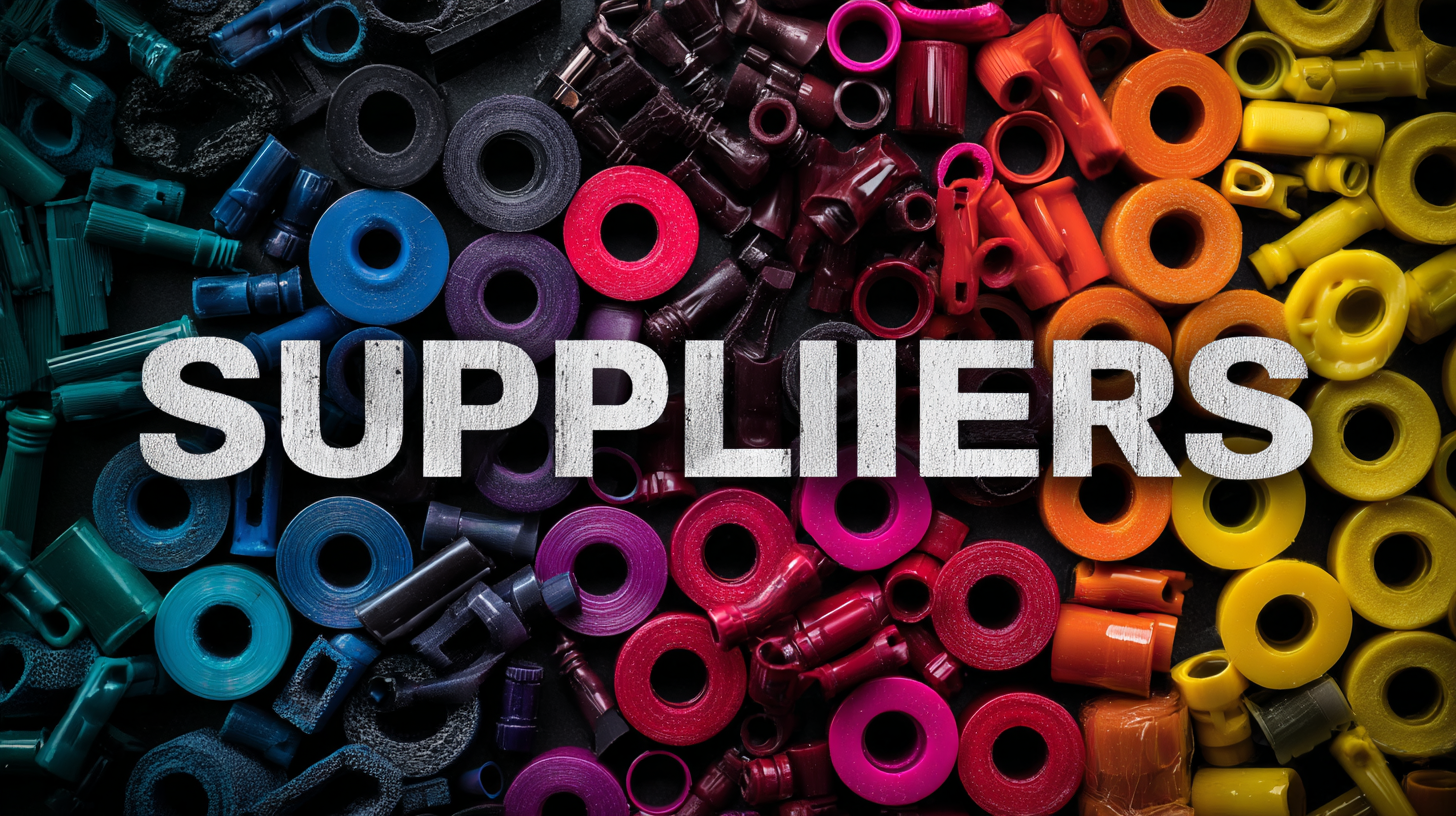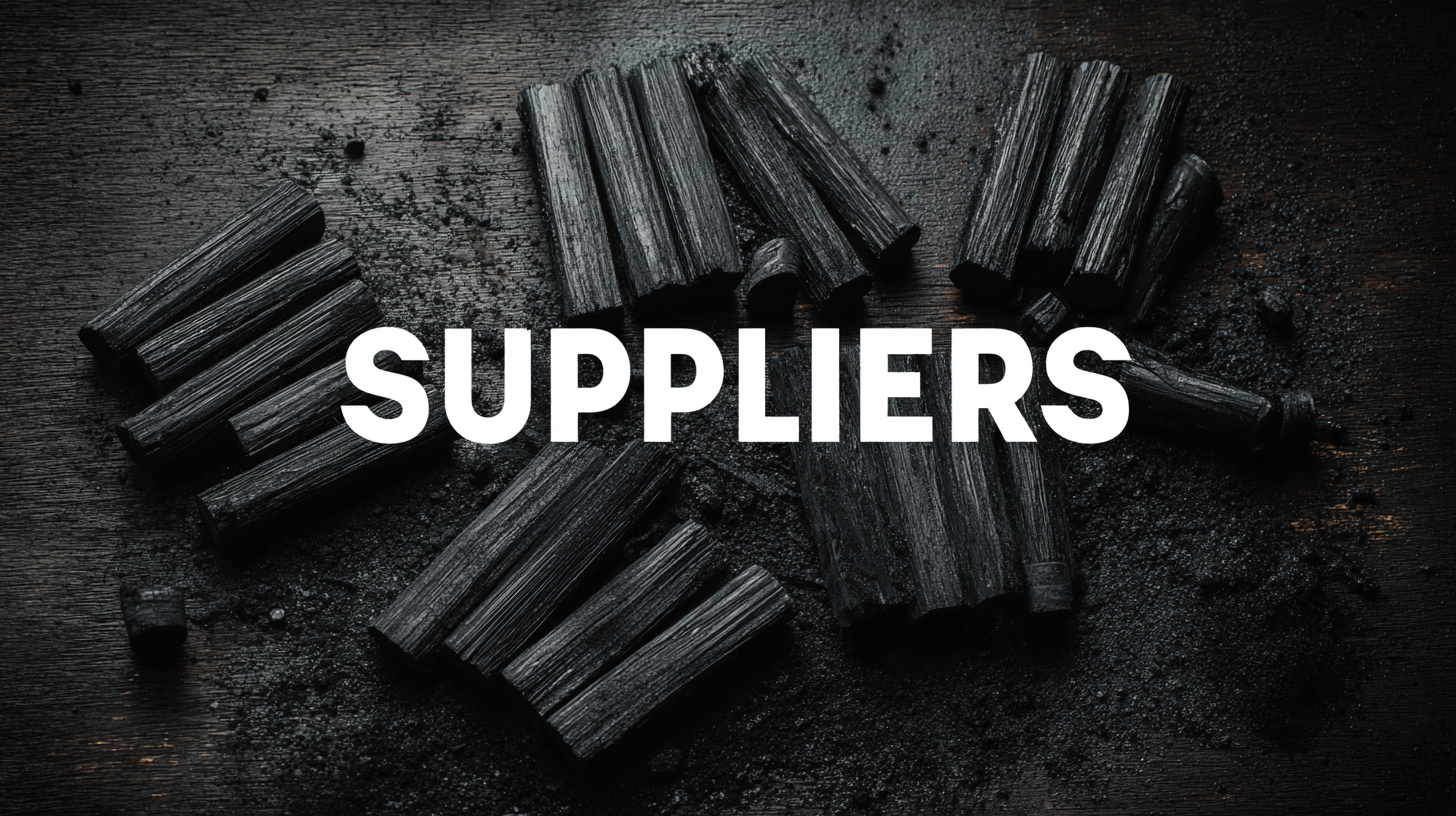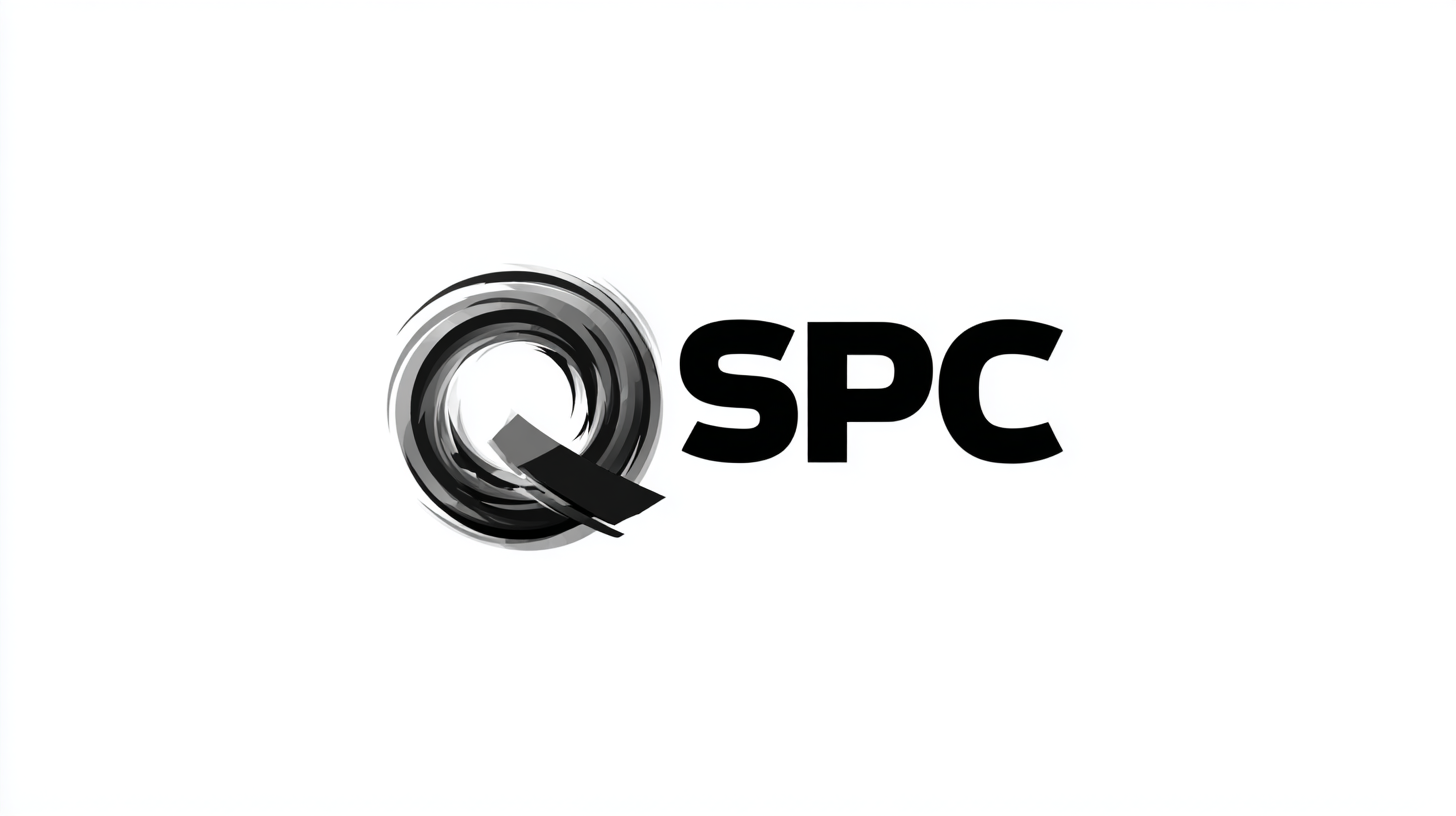- English
- русский
- العربية
- tiếng Việt
- Türkçe
- Deutsch
- 日本語
- 한국어
- ภาษาไทย
- Indonesia
- שפה עברית
- Português
- Español
- Français
- Italiano
- Nederlands
- Polski
- Svenska
- magyar
- Malay
- বাংলা ভাষার
- Dansk
- Suomi
- हिन्दी
- Pilipino
- Gaeilge
- تمل
- český
- ελληνικά
- український
- Javanese
- فارسی
- தமிழ்
- తెలుగు
- नेपाली
- Burmese
- български
- ລາວ
- Latine
- Қазақша
- Euskal
- Azərbaycan
- Slovenský jazyk
- Македонски
- Lietuvos
- Eesti Keel
- Română
- Slovenski
- मराठी
- Srpski језик

Unlocking Quality with Best Suppliers a Comprehensive Guide to Technical Specifications and Practical Tutorials
In an increasingly competitive market, the success of any business significantly hinges on the quality of its Suppliers. A recent report from Technavio indicates that the global supplier management software market is expected to grow by 14% between 2021 and 2025, underscoring the importance of establishing robust supplier relationships to enhance product quality and operational efficiency. Companies that leverage effective Supplier strategies not only boost their performance but also gain a substantial edge in unlocking innovation and sustainability.
 This guide aims to explore the intricacies of technical specifications, providing practical tutorials on how to select and collaborate with the best Suppliers, ensuring that businesses can consistently deliver high-quality products to their customers. By understanding the vital role that Suppliers play in the production chain, organizations can better navigate the complexities of supplier selection, leading to fruitful partnerships that drive success.
This guide aims to explore the intricacies of technical specifications, providing practical tutorials on how to select and collaborate with the best Suppliers, ensuring that businesses can consistently deliver high-quality products to their customers. By understanding the vital role that Suppliers play in the production chain, organizations can better navigate the complexities of supplier selection, leading to fruitful partnerships that drive success.
Understanding the Importance of Technical Specifications for Supplier Selection
In today's competitive landscape, understanding technical specifications is crucial for selecting the right suppliers. According to a recent report by McKinsey & Company, nearly 70% of procurement professionals cite the clarity of technical specifications as a primary factor in vendor selection. This highlights the significance of not only having robust criteria but also ensuring those criteria are well-defined and aligned with organizational needs. By focusing on detailed specifications, companies can mitigate risks associated with quality control failures and product inconsistencies.
Tip: When drafting technical specifications, involve cross-functional teams to gather comprehensive input. This collaborative approach helps to ensure that the specifications cater to all aspects of the product's lifecycle, from design to delivery.
Moreover, a survey by Deloitte found that organizations that prioritize technical specifications in supplier evaluations are 50% more likely to achieve better product performance and customer satisfaction. This correlation emphasizes the need for suppliers to meet specific standards, as failure to do so can result in significant financial losses. The emphasis on stringent technical specifications can lead to improved supplier relationships and a more sustainable supply chain.
Tip: Regularly review and update technical specifications based on market trends and consumer feedback. Keeping them current ensures that suppliers are held accountable and are continuously meeting the evolving demands of the market.
Key Attributes to Evaluate When Choosing Quality Suppliers
When selecting quality suppliers, understanding the key attributes to evaluate is essential for ensuring the success of any supply chain. A study by Deloitte highlights that 79% of organizations with a high-performing supply chain have an effective supplier evaluation process. This underscores the importance of assessing reliability, product quality, and service support when choosing suppliers. Reliability, in particular, can significantly impact a company's ability to deliver products on time, enhancing customer satisfaction and loyalty.
Another critical aspect is the supplier's compliance with technical specifications. According to a report from McKinsey, organizations that prioritize technical alignment with their suppliers see a 20% increase in product innovation. This is crucial in industries such as manufacturing and technology, where precise specifications dictate the performance and compatibility of components. Additionally, evaluating a supplier's financial stability is vital; a study by the Institute for Supply Management reveals that companies with financially stable suppliers experience 30% fewer disruptions. By focusing on these attributes, organizations can unlock quality and enhance their overall operational efficiency.

Practical Tutorials for Assessing Supplier Capabilities Effectively
When it comes to selecting the right suppliers, understanding their capabilities is crucial. Practical tutorials provide step-by-step guidance for evaluating supplier performance, which can be instrumental in making informed decisions. Start by defining clear criteria that encompass specifications such as quality control measures, delivery timelines, and technological capabilities. This sets a strong foundation for your assessment process.
**Tip:** Create a supplier scorecard that rates potential suppliers based on performance metrics. This visual representation can help you easily compare their strengths and weaknesses.
Next, utilize hands-on evaluations, like site visits or product trials, to gain firsthand insight into a supplier's operations. Engaging with suppliers through site tours and direct discussions can reveal their commitment to quality and innovation. Pay attention to their responsiveness during these interactions, as it often reflects their customer service philosophy.
**Tip:** During site visits, ask open-ended questions to encourage suppliers to express their capabilities and challenges candidly. This approach can lead to valuable discoveries about their operational strengths and areas for improvement.
Unlocking Quality with Best Suppliers: A Comprehensive Guide to Technical Specifications and Practical Tutorials
| Supplier Name | Location | Product Type | Quality Rating | Delivery Time (days) | Certifications |
|---|---|---|---|---|---|
| Supplier A | USA | Electronics | 4.8/5 | 10 | ISO 9001 |
| Supplier B | Germany | Automotive Parts | 4.7/5 | 15 | IATF 16949 |
| Supplier C | China | Textiles | 4.5/5 | 20 | Oeko-Tex |
| Supplier D | India | Pharmaceuticals | 4.9/5 | 12 | GMP, ISO 13485 |
| Supplier E | Japan | Chemicals | 4.6/5 | 8 | ISO 14001 |
Integrating Digital Tools for Streamlining Supplier Communication
In today’s fast-paced business environment, effective communication with suppliers is essential for maintaining quality and ensuring timely delivery. Integrating digital tools can significantly streamline this process. Utilizing platforms like project management software and communication apps can enhance collaboration and reduce misunderstandings. For instance, real-time messaging tools enable quick discussions, while shared dashboards provide visibility into project statuses and deadlines.
**Tips:** When choosing digital tools, prioritize those that are user-friendly and can be easily adopted by your team and suppliers. Additionally, ensure that the tools allow for seamless integration with existing systems to minimize disruption. Regular training sessions can help both your team and suppliers maximize these tools' benefits.
Another effective strategy is to establish clear communication protocols. Make sure that everyone involved understands the preferred channels for messaging and the expected response times. This clarity not only boosts efficiency but also fosters a sense of accountability among all parties.
**Tips:** Consider creating a communication guide that outlines key points of contact, preferred escalation paths, and regular check-in schedules to maintain the flow of information between your team and suppliers.
Best Practices for Building Long-Term Relationships with Top Suppliers
Building long-term relationships with top suppliers is essential for companies aiming to enhance their product quality and ensure consistent supply chain efficiency. To achieve this, businesses must prioritize open communication and transparency. Regular meetings and feedback sessions can significantly strengthen mutual understanding and foster a collaborative environment. Utilizing technology, such as shared platforms for specifications and order updates, can help minimize misunderstandings and streamline processes, making interactions smoother.

Another best practice for nurturing these relationships is to invest in supplier development. This involves providing suppliers with the necessary resources, training, and support to help them meet your technical specifications and quality standards. By working together on improvement initiatives and recognizing their achievements, you not only enhance your supplier’s capabilities but also create goodwill, leading to a more resilient supply chain. Additionally, considering long-term contracts can provide suppliers with stability, encouraging them to prioritize your needs and align their processes for mutual benefit.
